Underwear Reimagined: Ellie Musgrave’s Corrective Gaze
Today young women are speaking frankly about many issues affecting their lives, including sexuality. They are also putting their thoughts into visual form. Lena Dunham’s Girls charts the young female journey without the gloss of earlier shows like Sex and the City and Gossip Girl. In 2015, Columbia student Emma Sulkowicz lugged a mattress around throughout her senior year to protest the school’s lack of action to her allegations of rape. In facing up and speaking up, in translating ideas into memorable images, women are reclaiming power over events and stereotypes that affect their lives.*
Ellie Musgrave, a junior in Pratt Institute’s photography program, has begun to explore her thoughts on women’s clothing, specifically their underwear. Though male photographers have long expressed themselves on this subject, this is a fresh approach, a woman’s take. Here are some of her images and thoughts on the project.
“As a member of a first-world society, I have control over how I express myself with my clothing, and I believe my choice of underwear says a great deal about me. There is so much to be said about the subject of underwear, and this project only begins to explore these conversations.”
“The underwear project started on the heels of work that dealt heavily with the relationship between light and color. I wanted to hone in on one subject matter, and I began shooting underwear as an experiment. Soon this study became about removing the sexuality ascribed to the item of clothing by society, instead reclaiming sexuality for myself and my subjects.”
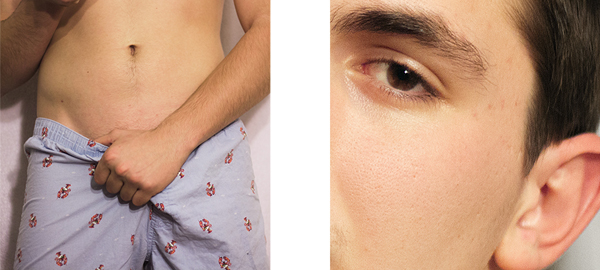
David ©Ellie Musgrave (This image includes specifically sized white borders which, for the sake of clarity on small screens, were cropped on this blog.)
“It began with a series called “eyes and undies,” diptychs including the subjects’ eyes and their underwear. I started this semester fresh by doing studies of underwear as typologies in six identical poses.”
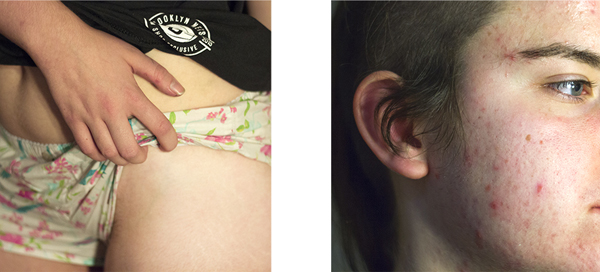
Bree ©Ellie Musgrave (This image includes specifically sized white borders which, for the sake of clarity on small screens, were cropped on this blog.)
“Though the typologies do exist in a nonsexual context, I want the project to embody a more formal, sculptural characteristic than is present in this series. This formal expression is the direction my project is headed in.”

Kendall ©Ellie Musgrave (This image includes specifically sized white borders which, for the sake of clarity on small screens, were cropped on this blog.)
“As the work continues, different sociopolitical and artistic aspects will be brought to attention, such as the implication of underwear on sex and gender expression, and will eventually contribute to a more cohesive and diverse conversation about underwear and its implications, both hidden and apparent.”
*While recent discussions and depictions of women’s personal issues have been especially frank, they are not entirely new. In 1969, a group of women attending a Boston workshop called “Women and Their Bodies” had a sharp and honest exchange about their medical experiences. It led to the formation of the Doctor’s Group, which became the Boston Women’s Health Book Collective, then Our Bodies Ourselves. In 1970, it assembled a crude booklet called Women and Their Bodies, which in 1971 was re-titled Our Bodies, Ourselves, reflecting the determination of women to take control of their own bodies. Published commercially by Simon & Schuster in 1973, it reached a huge audience, challenging doctors and women to rethink female medical care.
– Catherine Kirkpatrick


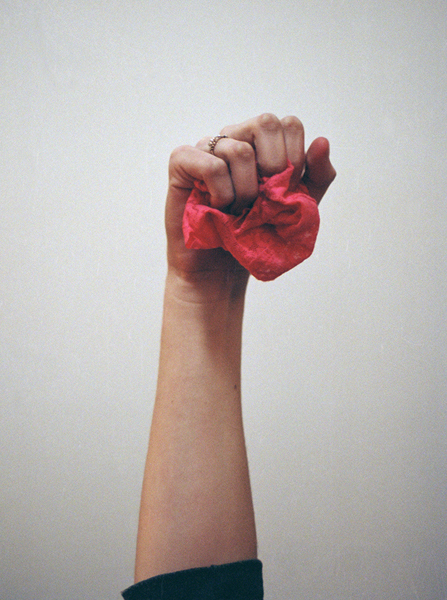

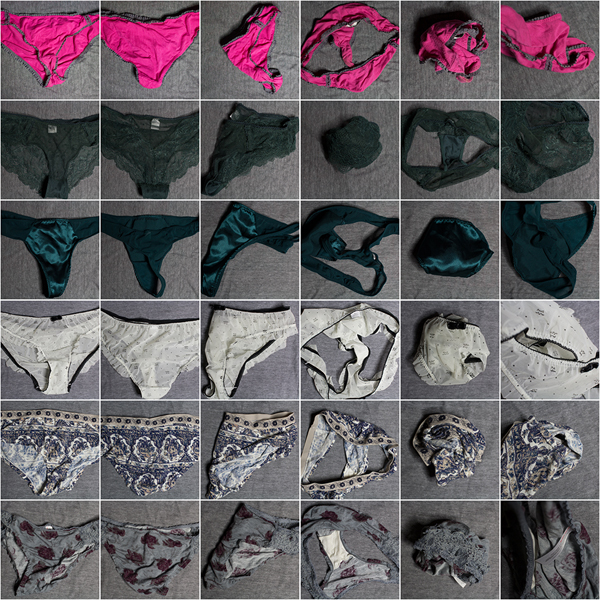
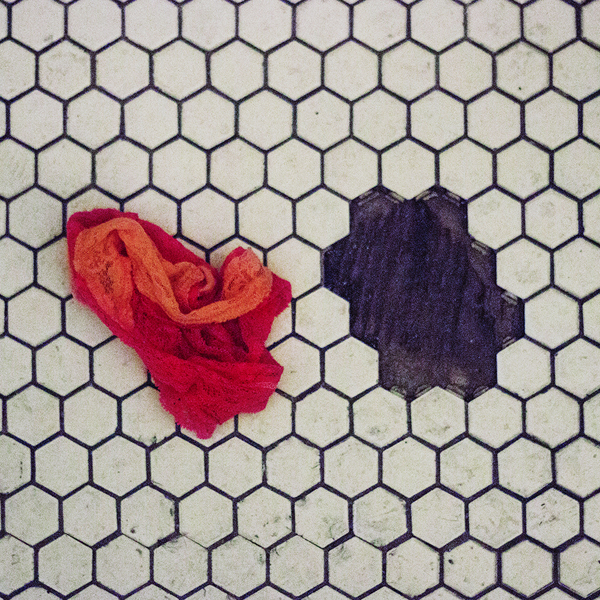
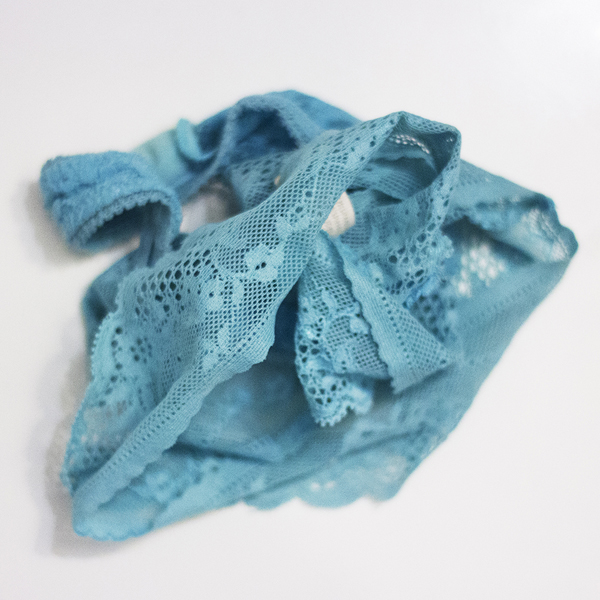

hi, Catherine
very interesting blog, I was especially interested in the background you dug up on the book, “our Bodies, Ourselves” after reading it i went back up to the top of the blog and read the entire piece more closely
Bravo and another great blog.
Diane.